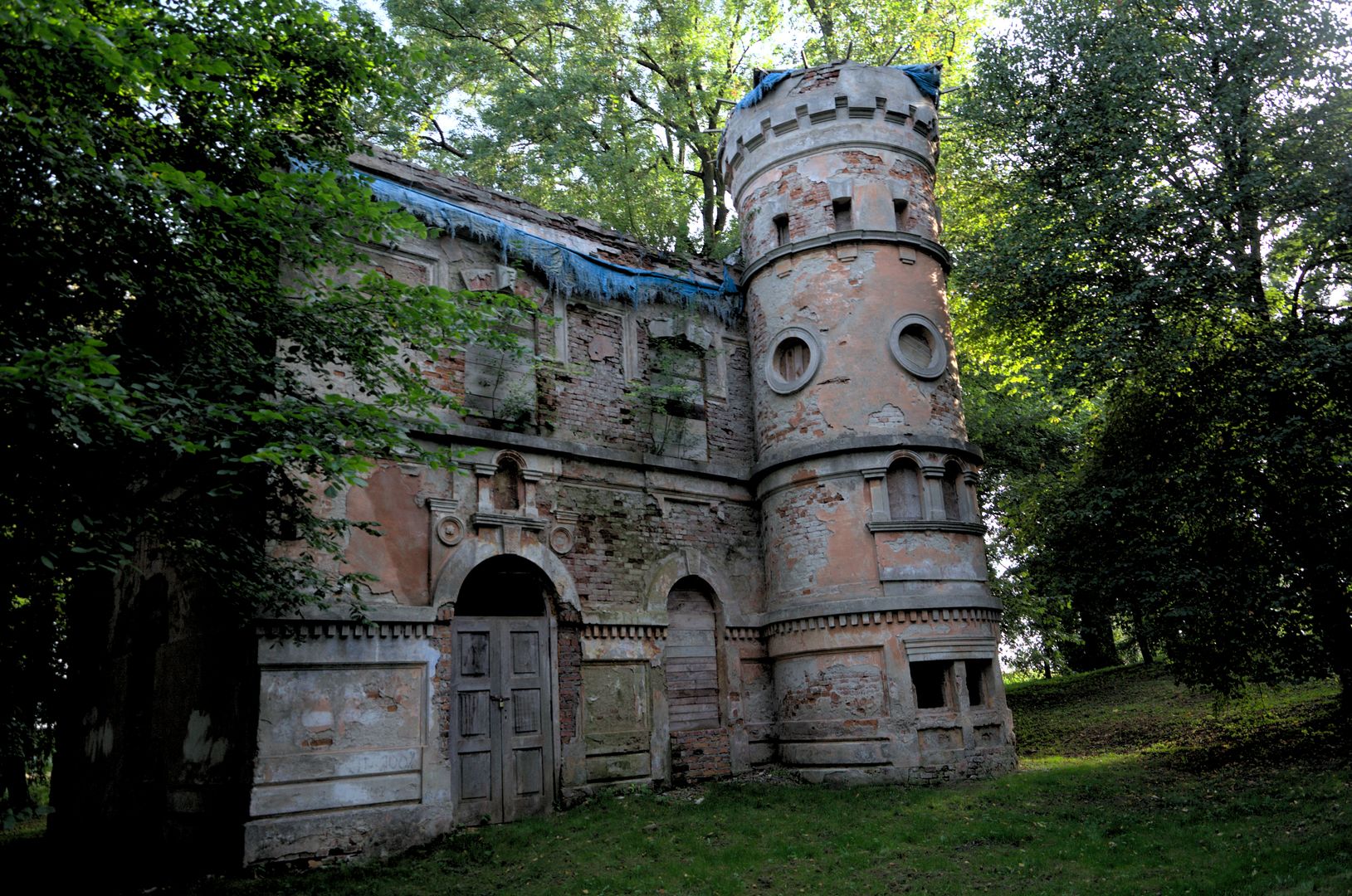Wielki Cieszacin
6

Overview
Cieszacin Wielki is a village located in the Podkarpackie Voivodeship, within the municipality of Pawłosiów, situated 7 km from Jarosław. The settlement was established in the first half of the 14th century, with the first written mention dating back to 1423. During the Middle Ages, it had a diverse population, suggesting the presence of an Orthodox church. Cieszacin Wielki also served as a center of governance and administration, functioning as the seat of the gromada (a former administrative unit) from 1954 to 1968.
An important historical aspect is the Drohojowski family, who owned these lands until 1944. Jan Józef Drohojowski, the last owner, was an active participant in peasant strikes in the 1930s and was also linked to events of World War II. The village features numerous historical monuments, including a brick school building from 1890, a wooden school from 1933, and small chapels from the turn of the 19th and 20th centuries. A significant architectural element is the eclectic manor house from 1906, designed by Piotr Aigner. The park surrounding the "little castle" contains unique tree specimens, such as ancient oaks.
Cieszacin Wielki is also home to the football club LKS Iskra, founded in 1948, which competes in the B class during the 2023/2024 season. The village has been associated with several historical figures, including politicians and military personnel such as Lieutenant Franciszek Ciechoń and Jarosław mayor Stanisław Siara. After World War II, the manor house served as the headquarters of the NKVD and later as the Gromadzka Rada Narodowa (Municipal National Council).
The history of Cieszacin Wielki intertwines architectural, cultural, and historical aspects, and its origins and development reflect the complex social and historical structure of the region.
Location
2025 Wizytor | All Rights Reserved